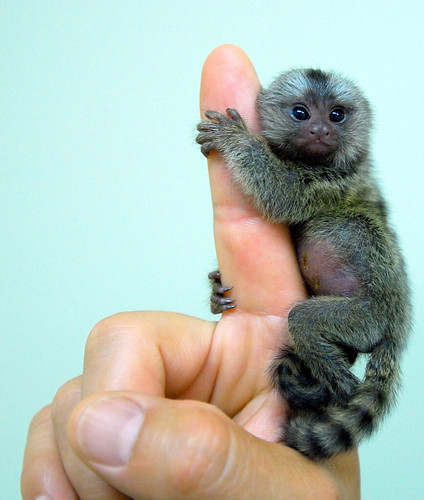THE REAL THANKSGIVING
Many people believe what they learned in elementary school about Thanksgiving Day. Basically, the Pilgrims and the Indians shared a big feast with all the food we eat on Thanksgiving. According to the journal of Plymouth Colony's governor, Edward Winslow, the colonists met with Chief Massasoit and 90 of his men for a feast that lasted four days. So there was a feast, but what was on their menu? In this journal the only items mentioned are venison and wild fowl.
Yum! It is never unlikely, according to historians and archeologists, that the meal was prepared with all of the foods we eat today. Another idea is that the Pilgrims and the Indians sat down and prayed and passed the food around. Since the feast was four days long this is not what happened at all. It was not a ceremonious feast and people would just go eat when they were hungry. Plates and utensils were not used. They all ate with their hands with an occasional napkin. The clothing is very mythical too. Pilgrims did not wear black and white on the first Thanksgiving.
They wore brown, green, black, white, and beige. The Indians were fully clothed because it was November in Massachusetts. Although Thanksgiving is full of myths the value of generosity and being thankful has been kept alive.
MACY'S THANKSGIVING DAY PARADE
Everyone loves the Macy’s Thanksgiving Day Parade. How did it all start? Well, it started in 1924 by the employees of Macy’s. These employees were the first-generation immigrants and they wanted to celebrate their new American pride through a traditional European festival. The first parade started with the employees marching from 145th street to 34th street dressed as clowns, sheiks, cowboys, and knights. There were also 25 live animals from the Central Park Zoo, floats, and professional bands.
The first balloons appeared in 1927 with Felix the Cat:
One of the old traditions was that after the parade they would release the balloons and whoever found and caught it got a prize. Although in the 1930’s the Great Depression occurred, the parade grew and grew. The parade however stopped in the early 1940’s during WWII when there appeared to be nothing to celebrate. In 1945, the parade started up again, was televised, and the route that is used today started that year as well. This Thanksgiving tradition is nationwide and will be around for years to come.
Happy Thanksgiving!
Love,
Teen Link





































